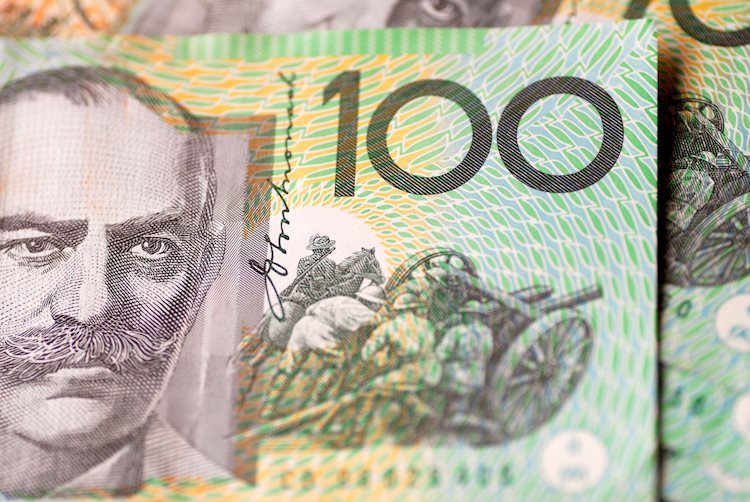The Australian Dollar strengthened on Thursday, despite the release of softer Consumer Inflation Expectations data for July. This rise is fueled by speculation surrounding the Reserve Bank of Australia (RBA) possibly delaying global rate cuts or even raising interest rates. Recent data showing a decline in consumer confidence contrasted with a surge in business sentiment, reaching a 17-month high in June, further supporting the AUD.
Conversely, the US Dollar weakened, possibly influenced by lower Treasury yields. Traders are eagerly awaiting the US Consumer Price Index (CPI) data for June to gain insights into the Federal Reserve’s monetary policy stance. Market forecasts anticipate steady annualized US core CPI for the year ending in June at 3.4% and an increase in monthly headline CPI inflation compared to the previous month.
Australia’s Consumer Inflation Expectations for July came in slightly lower than June, at 4.3%. Federal Reserve Board Governor Lisa Cook emphasized a positive outlook for inflation while Fed Chair Jerome Powell stressed the need to monitor the labor market closely and expressed confidence in inflation trends. In China, a key trade partner of Australia, CPI data showed a slight decrease, impacting the global market sentiment.
Technical analysis of the Australian Dollar against the US Dollar suggests a bullish bias, with the pair consolidating within an ascending channel. The upside target for the AUD/USD pair is around 0.6785, with potential support at 0.6675. The daily chart also indicates a positive momentum, with the 14-day Relative Strength Index confirming the upward trend.
The Australian Dollar’s performance against major currencies varies, with the AUD showing strength against the Canadian Dollar. The percentage changes of currencies against each other are displayed in a heat map, providing a visual representation of the current market trends. Overall, the AUD has maintained its position around 0.6750, with potential for further gains supported by hawkish sentiment surrounding the RBA and positive technical indicators.
In conclusion, the Australian Dollar has shown resilience amidst softer economic data, supported by the speculation of the RBA’s policy direction and positive market sentiment. The US Dollar’s weakness, influenced by lower Treasury yields, further aided the AUD’s gains. With upcoming CPI data and global economic conditions to consider, traders will continue to monitor the AUD/USD pair for potential opportunities in the forex market.










